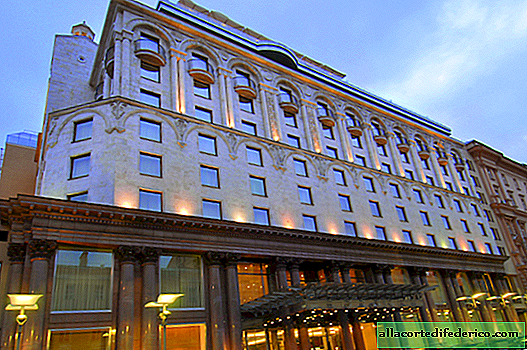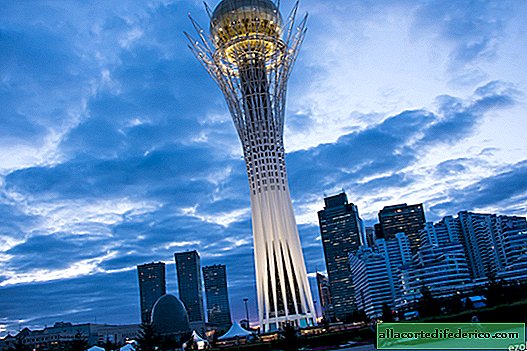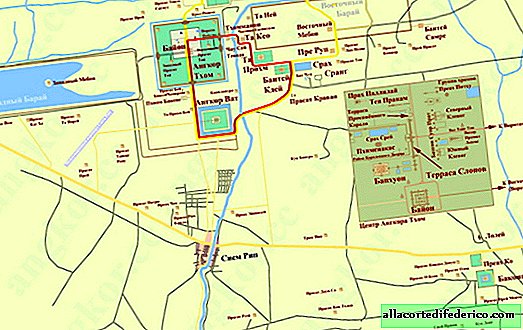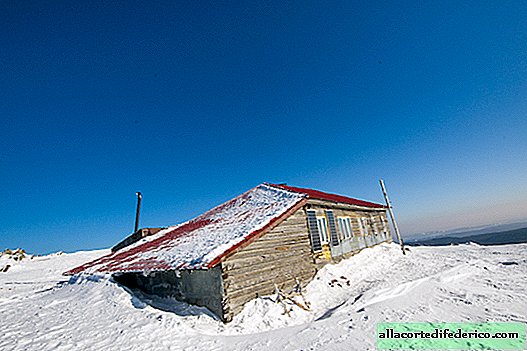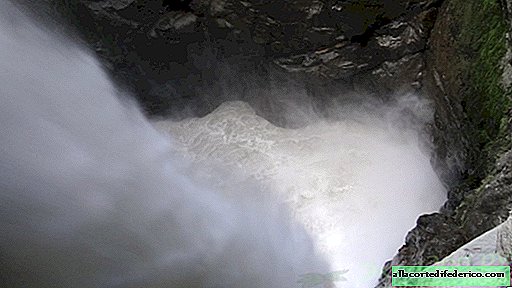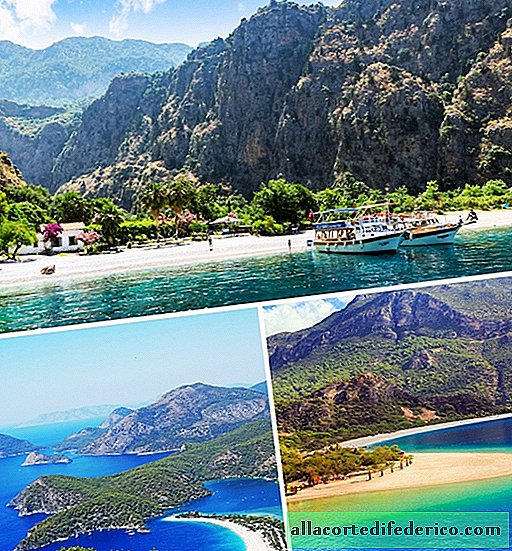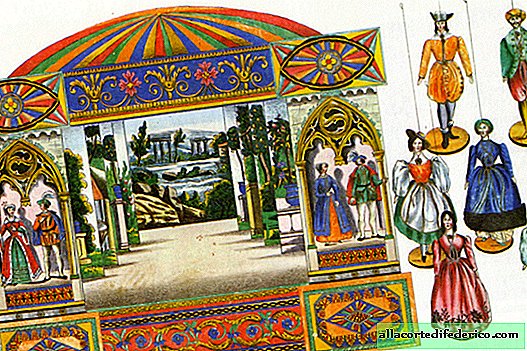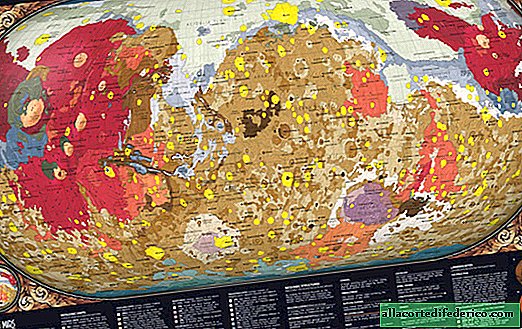How tourism arose: the ancient Romans also loved souvenirs and left reviews about hotels
The first tourists in the world were the Romans. And it became possible for several reasons. In 20 BC, a very detailed and accurate map appeared. It was performed by the heroic warrior Marcus Agrippa. A very well-designed network of "highways" was created. A single currency has been introduced throughout the territory, even for the most distant provinces.
 Marc Agrippa
Marc AgrippaTwo national languages, mandatory for all, are Greek and Latin.
In addition, the Pax Romana period began - the longest continuous period of peace in European history. It lasted from about 30 BC until 200 AD All this allowed the legions of Roman tourists to discover the world.
All these viatores or peregrinatores ("travelers" and "sightseers") went on a big trip. They went to sea resorts located in different parts of the Italian peninsula, to the sacred and historical places in Greece. Visited such historical "hits" as Athens, Delphi, Olympia, Sparta, Epidaurus and the Olympic Games.
One of the most popular tourist pilgrimage sites was the Colossus of Rhodes. It stood for only 54 years, and then was destroyed by an earthquake in 226 BC. The statue broke on its knees, and the remains lay on the ground even after 800 years. They were so impressive that many Roman tourists traveled to see them, and the writer Pliny the Elder noticed that few people could wrap their arms around the fallen thumb of Colossus and each of his fingers is larger than most of Pliny's statues.
 Roads of Ancient Rome
Roads of Ancient RomeMany Roman tourists also went to Egypt. They enjoyed a cruise on the Nile River and visited the pyramids, which even in those days were already considered ancient monuments. They were two and a half thousand years old. A sophisticated tourism infrastructure has emerged across the Mediterranean, focused on meeting the needs of a Roman traveler.
The parallels between ancient Roman tourism and modern tourism are very striking.
 Roman mile pillar. Such pillars stood along the roads, and they were indicated by order of the emperor the road was erected.
Roman mile pillar. Such pillars stood along the roads, and they were indicated by order of the emperor the road was erected.Another parallel between Roman and modern travels (especially in third world countries) is that tourists often had to deal with cheaters and scammers who fought for their attention in every historical place they visited. They stated that only they know all the secrets and secrets of this attraction and can provide true and accurate information. Huge crowds of pseudo-guides crowded around each historical monument and very intrusively offered their services.
They often focused on what was pleasant to hear the Roman tourist, invented non-existent stories, connected local attractions with the Trojan War and the Roman gods. They greatly annoyed tourists. It is known that one Roman scientist prayed to Jupiter, so that he would free him from these guides in Olympia.
Like modern tourists, the Romans bought souvenirs. During archaeological excavations, numerous painted glass bottles with the Alexandrian lighthouse and miniature copies of the famous statues of Apollo were found. Today, the equivalent of these souvenirs is fridge magnets.
Roman tourists loved to leave graffiti on their favorite monuments.
 Graffiti of Ancient Rome
Graffiti of Ancient RomeArchaeologists in only one Valley of the Kings discovered about 2,100 copies of Roman inscriptions. They often preferred to write Homer's poems. Some wealthy Roman tourists even brought poets with them so that they could personally do it. Others left simpler messages: "I was here." And the name of the writer. Scientists claim that this is the most common inscription on ruins and tombs.
Although the Romans traveled mainly by ship, the first road trips began during the time of Pax Romana. In particular, due to the short distances and the concentration of historical monuments that can be seen in Greece, many Romans hired wagons on the outskirts of Athens and traveled along excellent Roman roads in different directions. On the way, tourists visited numerous roadside taverns, bought guidebooks, studied road signs.
Tourism, as we know it, appeared in the 40s of the 19th century. The Englishman Thomas Cook is considered to be its founder. He was a famous fighter against drunkenness.
 Thomas Cook
Thomas CookIn 1840, Thomas gathered his wards, and by rail they went to the congress of the teetotaler community in Loughborough. On the way, Thomas treated them to sandwiches and entertained them in a pleasant conversation. The trip went very well.
Thomas liked this kind of activity, and he began to organize trips to different places with interesting content. For a moderate fee, he came up with the first commercial excursion from London to Liverpool. Cook later developed health tourism. He gathered walking groups and went with them to the Alps.
In Russia, the source of the tourism industry was Benjamin Gensch. In 1777, he published the Plan of Travel to Foreign Countries.




